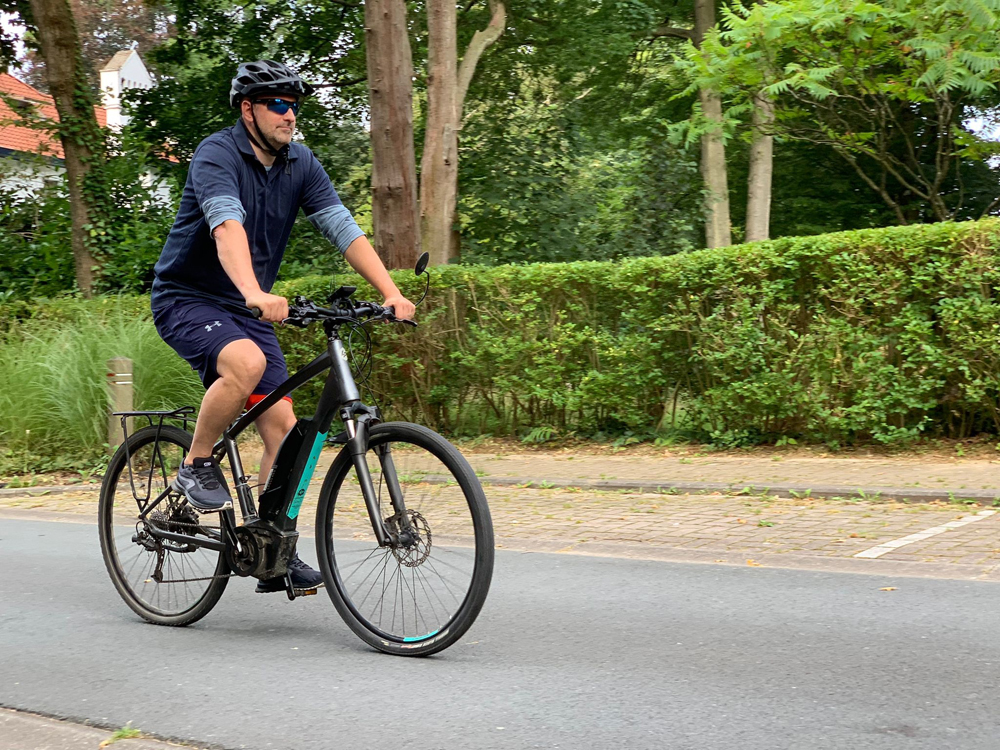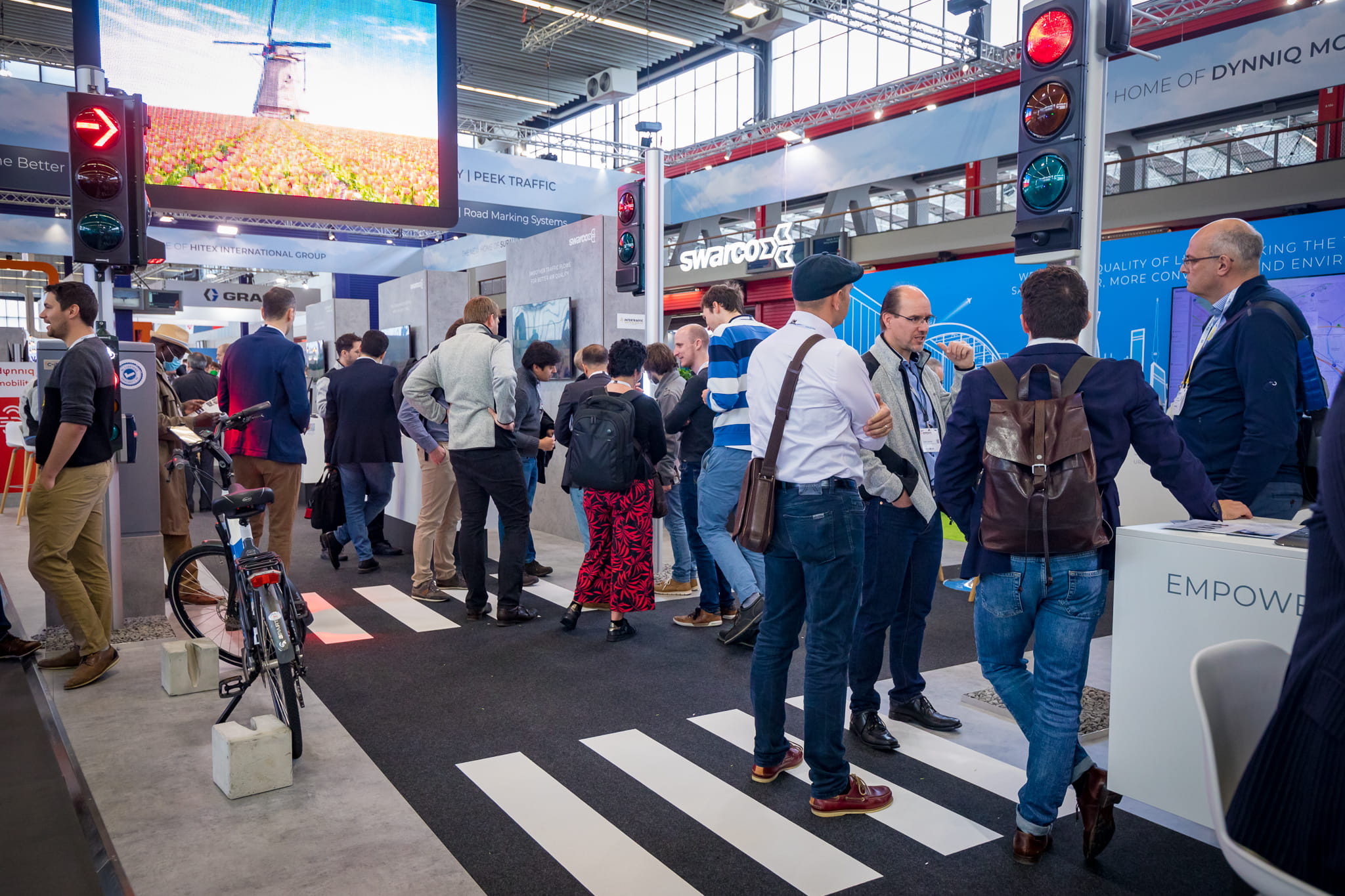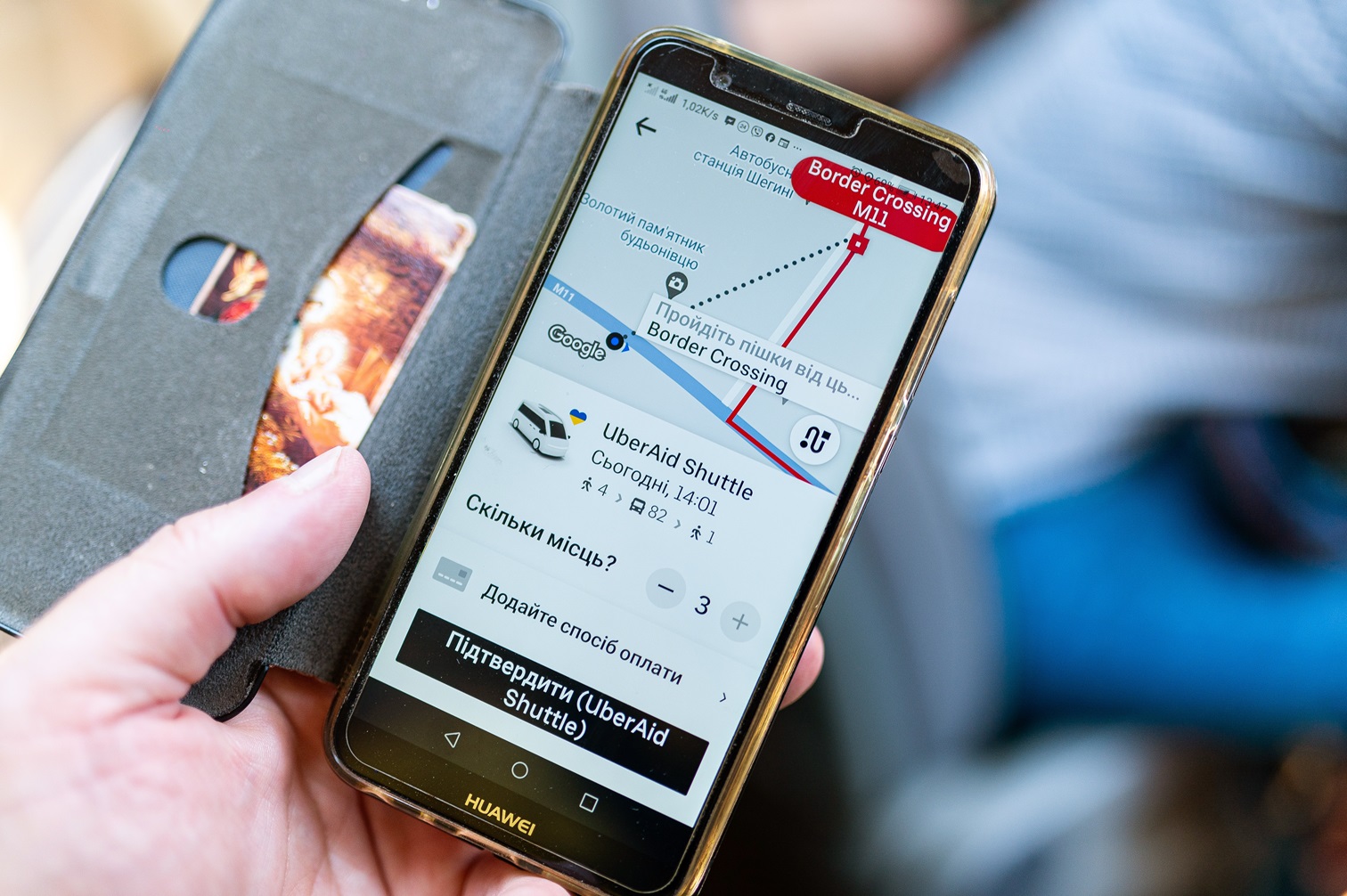
Whenever ITS folk gather together, it’s not long before someone mentions safety. Reducing motor vehicle collisions and keeping all road users safe is the ultimate raison d’etre of ITS technology. But ‘safety’ means different things according to the time and place.
Since 24 February 2022, when Russia invaded Ukraine, ITS has not primarily been used to enforce speed limits in the Ukrainian capital, Kyiv. Far from it, in fact.
Ertico – ITS Europe brought together several players to tell their ‘war stories’ in a webinar. As moderator Johanna Tzanidaki, Ertico’s chief innovation officer, explained: “ITS in war means guiding people to safety from missiles.”
That’s a sobering thought – and it was exactly how Kyiv Digital pivoted in the days after the invasion, changing its metropolitan transport app from one which allowed citizens to pay for parking and negotiate public transit to one which warned them of air raids and highlighted bomb shelters.
Speaking on the Ertico webinar, Oleg Polovynko, formerly CIO of Kyiv City Council and now adviser to the city’s mayor on digital strategy, says: “ITS plays a main role of connection with citizens in Kyiv.” The app gives people information about pharmacies, food stores, air quality and radiation levels: “It is a life-saving tool for our citizens. All these services were provided through the transportation app.”
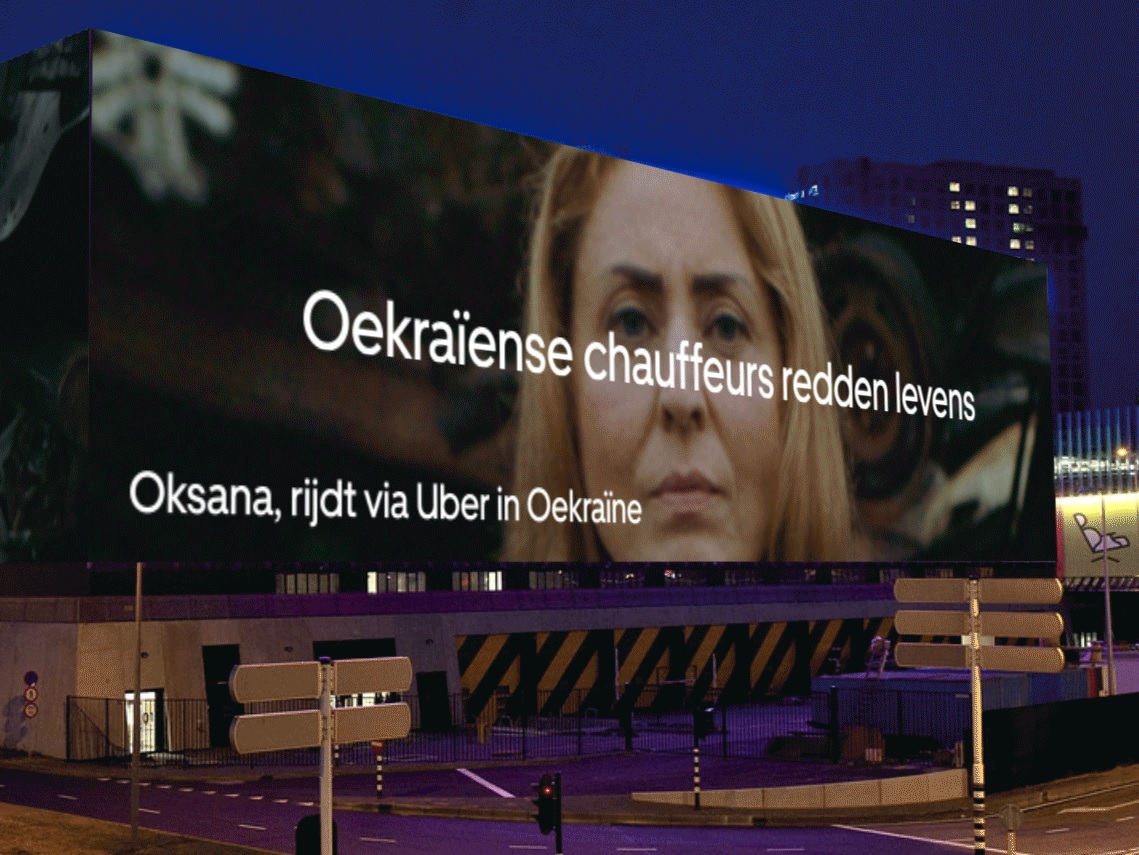
ITS was also used to control traffic lights to create safe transport ‘corridors’, he says. Much of the Russian bombing campaign has targeted energy infrastructure, as have deliberate Russian cyberattacks. “ITS won’t work without electricity,” Polovynko says. “So it’s about your plan: how to be flexible, how fast you can recover your system.”
In this sense, he thinks, Kyiv has experience to offer the world and he wants to work with international partners going forward. His country’s current high-pressure situation has similarities with life when natural disaster strikes, such as earthquakes or - as the climate changes - floods and wildfires. “This is not a natural disaster, it is a man-made war,” he says. “But the challenges are the same.”
This has helped Kyiv and Ukraine rethink strategy on ITS, he continues. “We understand the value of the right infrastructure. We already have back-ups and cybersecurity solutions to be stable. This helps us to be flexible, providing different channels. ITS is a sandbox for us where we’re working on a model of the future, in cooperation with telecoms companies.”
“Nothing in Ukraine was truly safe” Georgii Sokolianskyi, Uber
In addition to such ITS staples as data from traffic cameras, this involves data from cellphones, helping Kyiv’s authorities to understand traffic patterns or public transit needs and to respond accordingly. Above all, he urges city managers to be prepared: “Look at your ITS systems through a civil defence lens.”
Many multinational companies were working in Ukraine at the time of Russia’s invasion, so were faced with a choice: should they continue operations?
Stephanie Leonard, head of government and regulatory affairs at TomTom Netherlands, explained on the Ertico webinar that routes coming into Ukraine – although not those leaving the country - were automatically marked as closed soon after the invasion. But the TomTom team for Ukraine, based in neighbouring Poland, “quickly became aware that they needed a different response from other emergency events [that they had tackled]”.
Chillingly, the team became aware that Ukrainians were sheltering in underground car parks from Russian missiles. “A lot of people were hiding in parking garages,” Leonard says. “The traffic team had information on its map which could be used to target innocent civilians. They deactivated traffic location layers so you couldn’t search for it – something that they had never done before.”
In the next few days, TomTom was unable to fulfil the accuracy of its traffic routing as the situation on the ground became increasingly confused; it was unclear whether roads had been bombed or were occupied by soldiers. “Three to four days after the invasion we had to turn off the traffic and navigation server – it was impossible to keep it running,” she explains.
Meanwhile Uber decided to continue with its ride-hail services, with as great an emphasis on safety for drivers as possible. But as Georgii Sokolianskyi, Uber head of driver operations, EMEA Central Ops, admits: “Nothing in Ukraine was truly safe.”
Risk assessment was difficult – if not impossible at times – but Uber represented a lifeline, he argues: “People requesting trips were not going to the bar – they were evacuating. And for drivers to continue earning on Uber was crucial. We didn’t want to destroy one of the few economic opportunities that there were at the time.”
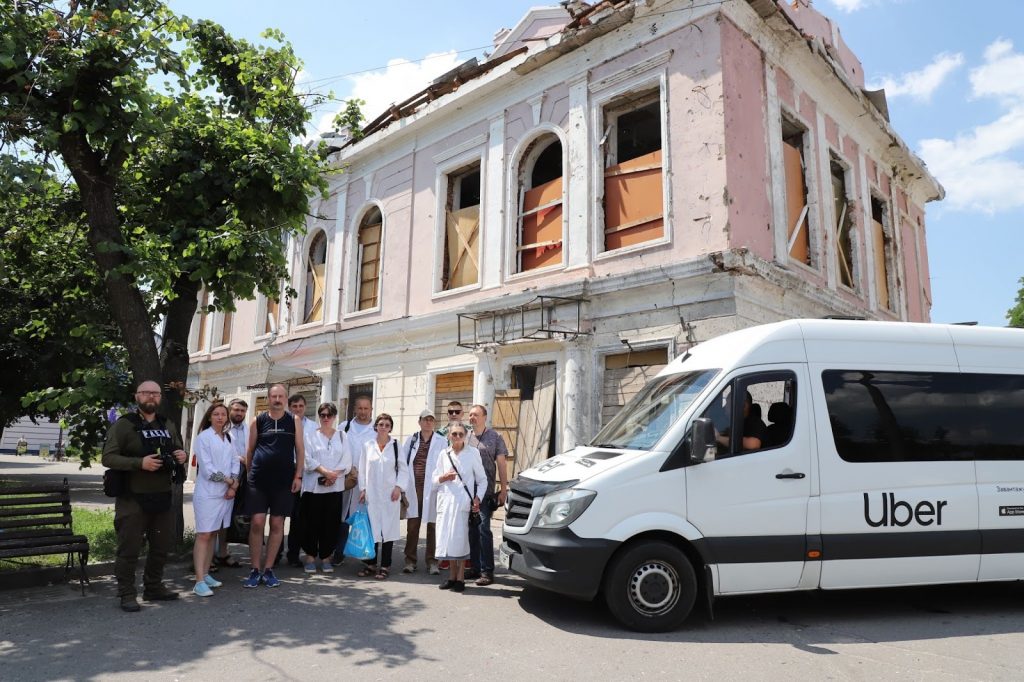
In Ukraine’s second city, Kharkhiv, in the north-east, 40% of the building stock was destroyed when Russia attacked. Uber blacked out areas which were known to be mined, or where there were government buildings, or troop build-ups. The idea was to rely on local users - but at the same time recognise that no-one has truly accurate information.
“When airstrikes happened, we had to re-route in real time,” he says. “We observed a couple of things: there was mass migration from the east of the country to the west; the population of Kharkhiv halved and the population of western towns doubled. Transport infrastructure couldn’t cope.”
Thus Uber expanded its operations in Ukraine from nine to 18 cities to help provide local communities with essential transportation. “We followed our riders and drivers,” Sokolianskyi says. The company noticed new mobility patterns as people evacuated to the Romanian and Polish borders. Uber launched an emergency shuttle from the centre of Lviv, in the west of Ukraine, about 70km from the border. “It became a hotspot,” he says. There was a need “to meet the change in demand very quickly”.
“ITS won’t work without electricity. So it’s about your plan: how to be flexible, how fast you can recover your system” Oleg Polovynko, Kyiv City Council
Uber has provided more than 100,000 free trips for refugees, doctors, nurses and essential workers across the country. Its drivers have also been delivering hundreds of tonnes of emergency food, medicine and shelter supplies.
On the webinar, Sokolianskyi emphasised the need to change operating systems quickly and also to take account of what he calls ‘discoverability’. “If you change routes, nobody knows about it,” he points out. “One major advantage was that we could change a route and tell people in real time that it has changed. It’s crucial to manage risk – not perfectly – but have safeguards.”
Ertico’s Johanna Tzanidaki summed up: “We in the audience are safely tucked away – but speaking with real-life experience from Ukraine is very powerful.”



